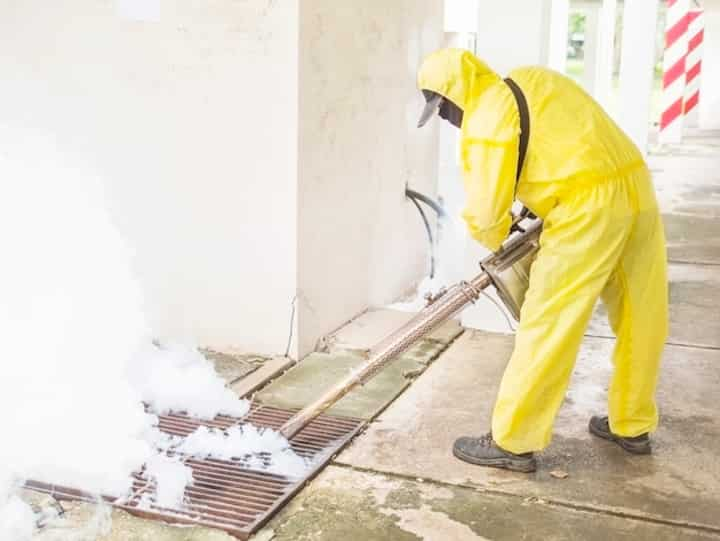
Expert Mold Damage Restoration Process in Phoenix
Mold damage is a common issue in Phoenix, primarily due to the humid conditions that can occur in certain areas. Addressing mold damage promptly and effectively is crucial to maintaining the health and safety of any building's occupants. This article explores the expert mold damage restoration process, highlighting the key steps and considerations involved. Whether dealing with mold in a residential or commercial setting, understanding the intricacies of the restoration process is essential.
Initial Assessment and Inspection
The first step in any mold damage restoration process is a thorough inspection and assessment. Experts will:
- Identify the source of moisture that is contributing to mold growth.
- Determine the extent of mold contamination within the property.
- Evaluate the areas impacted and the type of mold present.
This initial assessment is critical as it informs the subsequent steps in the restoration process. Learn more in this detailed guide.
Containment and Air Filtration
Once the extent of the mold damage is assessed, containment is necessary to prevent the spread of mold spores to unaffected areas. This involves:
- Setting up physical barriers and negative air chambers to isolate the contaminated areas.
- Utilizing air filtration devices to capture mold spores in the air.
These measures help ensure that mold spores do not migrate during the cleanup process. Explore further insights here.
Mold Removal and Cleaning
Removal Techniques
Mold removal is a meticulous process that involves removing all mold-infested materials. Professionals use specialized techniques and equipment to ensure thorough cleaning, such as:
- Physical removal of porous materials like drywall and insulation.
- Cleaning and disinfection of non-porous surfaces using antifungal and antimicrobial treatments.
These techniques are designed to eradicate mold spores and prevent future mold growth. Read more about this topic.
Detailed Cleaning
Beyond removal, detailed cleaning is essential to ensure all areas are free from mold. This includes:
- HEPA vacuuming of surfaces to capture fine mold particles.
- Scrubbing and cleaning of affected surfaces with specialized cleaning agents.
Detailed cleaning helps restore the environment to a safe and healthy state. Find additional information here.
Restoration and Repair
The final phase of the mold damage restoration process involves repairing and restoring the affected areas. This can include:
- Replacing damaged drywall, insulation, and other structural elements.
- Repainting and refinishing surfaces to restore aesthetic appeal.
- Ensuring moisture control measures are in place to prevent future mold growth.
Restoration aims to return the property to its pre-damage condition, ensuring it is safe for occupancy. Learn more in this detailed guide.
Conclusion
Mold damage restoration is a complex process that requires expertise and precision. From initial assessment to final restoration, each step is vital in ensuring the complete eradication of mold and the safety of the property's occupants. Understanding and following these expert procedures can greatly enhance the effectiveness of mold damage restoration efforts in Phoenix. For more comprehensive information, explore further insights here.